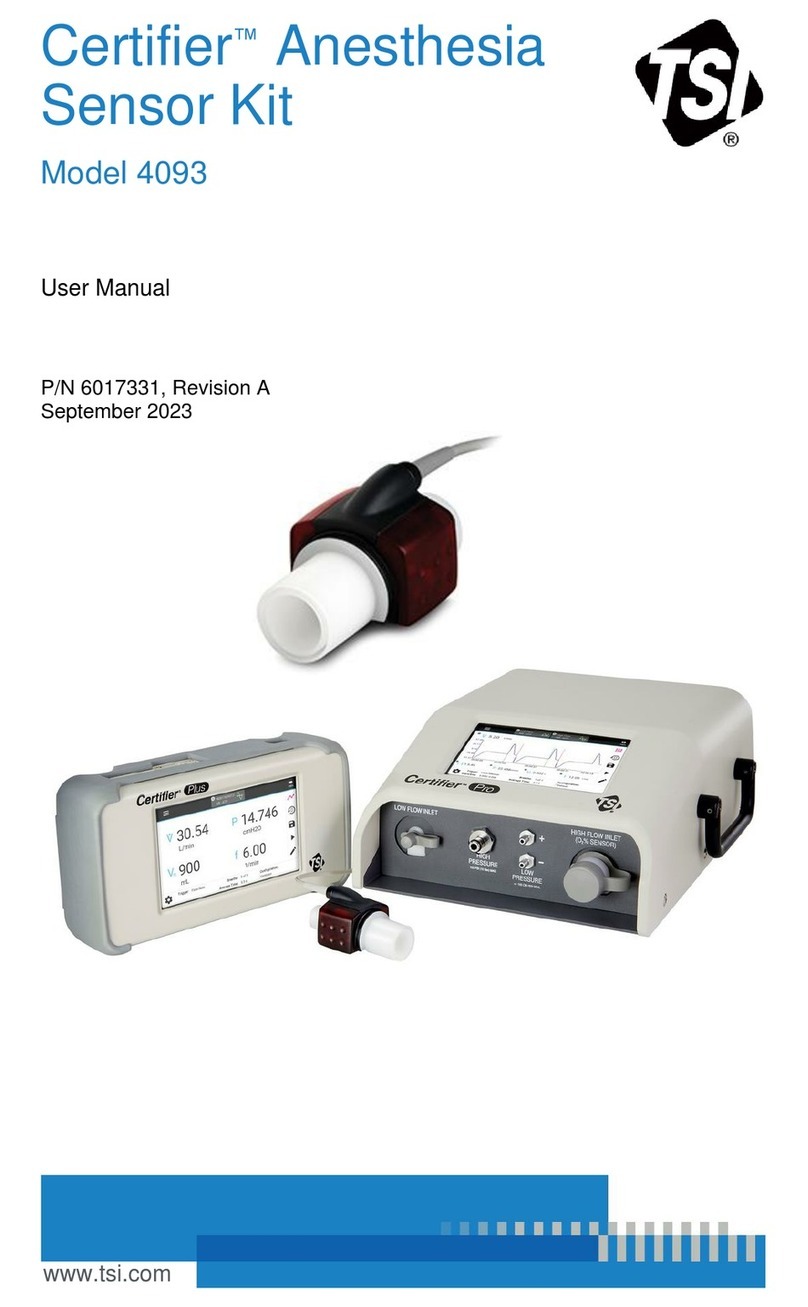
Table of Contents
Table of Contents
SD-200 Overview....................................................................................................................................... 1
Powering on............................................................................................................................................... 2
Viewing Sound Pressure Level (SPL)................................................................................................... 2
Powering off .............................................................................................................................................. 2
Operating ................................................................................................................................................... 3
Overview of operation ........................................................................................................................... 3
Integrating measurements .................................................................................................................... 3
Running and stopping........................................................................................................................... 4
Viewing measurements......................................................................................................................... 4
LED alert screen ................................................................................................................................... 5
Screen indicators .................................................................................................................................. 6
Settings ...................................................................................................................................................... 7
Frequency weighting and time response.............................................................................................. 7
Exchange rate (ER)............................................................................................................................... 7
Charging..................................................................................................................................................... 7
Windscreen................................................................................................................................................ 8
Positioning and tripod mount.................................................................................................................. 8
Calibrating ................................................................................................................................................. 9
Self help ..................................................................................................................................................... 9
Resetting ............................................................................................................................................... 9
Appendix A: Specifications .................................................................................................................. 10
Standards................................................................................................................................................. 10
Mechanical characteristics .................................................................................................................... 10
Electrical characteristics........................................................................................................................ 10
Environmental effects ............................................................................................................................ 11
Temperature Ranges .............................................................................................................................. 11
User Interface .......................................................................................................................................... 11
Display................................................................................................................................................. 11
Keypad ................................................................................................................................................ 11
Measurements......................................................................................................................................... 11
Calibration ............................................................................................................................................... 12
Charging................................................................................................................................................... 12
Special functions .................................................................................................................................... 12




























